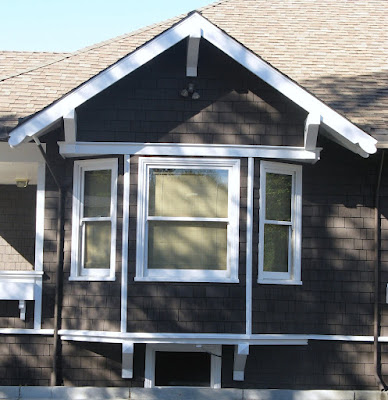Over the past year I have seen many tiny house plans designed by Architects. These plans are mostly experimental, intended to stretch the envelope and catch some buzz. I would however not be able to characterize most of these plans as live-able however. See my posts New Small House Plan Available Today! and New Tube House Lands From Outer Space! for instance.
But here comes a very small home design by Architect Toyo Ito and Associates that I might be able to see used as a second home, or a first home for a single or young couple. It is out there a bit with it's metal skin and modern shape. But inside is a workable studio plan that can accommodate living, cooking, eating and sleeping. The extensive use of wood really warms up the interiors. And an entire wall of glass brings the outdoors in.



By the way - if you are looking for real honest workable house plans check out the following:














































